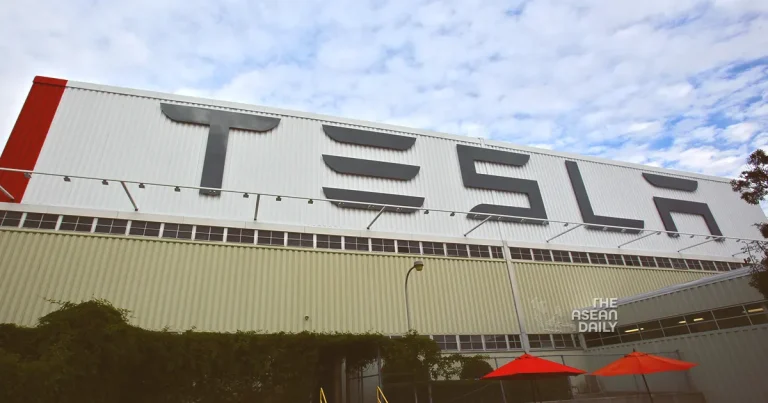24-4-2024 (CALIFORNIA) Tesla announced on Tuesday its plans to unveil “new models” by early 2025, utilizing existing platforms and production lines, thus stepping back from its earlier ambitious goal of launching an all-new model priced at $25,000.
The prospect of new offerings on an expedited timeline propelled Tesla’s shares upwards in after-hours trading, offering a much-needed boost after months of decline amid fierce competition and dwindling sales. This surge came despite Tesla’s first-quarter results falling short of Wall Street’s expectations.
While Chief Executive Elon Musk refrained from divulging specific details about the upcoming vehicles, he indicated that they would encompass more affordable models set to commence production by early 2025. This timeline coincides closely with the previously envisaged launch date for the Model 2, the low-cost model that was originally anticipated to drive Tesla’s expansion into a mass-market automaker.
In an exclusive report on April 5, Reuters revealed Tesla’s abandonment of the Model 2 plans, a move that contrasted with investors’ expectations. Musk initially dismissed the report on his social platform X, accusing Reuters of falsehood without pinpointing any inaccuracies.
On Tuesday, Tesla and Musk opted not to directly address the Reuters report. Instead, they discussed forthcoming models that appeared distinct from previous expectations, refraining from specifying the number, type, or target prices.
Tesla disclosed that the new models would be developed using aspects of its existing platform and a next-generation platform, to be manufactured on current production lines. However, the company cautioned that this approach might yield lesser cost reductions than initially projected, hinting that the vehicles might exceed the anticipated $25,000 price tag of the Model 2.
The decision to introduce new models aims to provide better control over capital expenditures amidst uncertain market conditions, according to Tesla’s engineering chief, Lars Moravy. He emphasized the transferability of engineering work from the next-generation affordable car to the vehicles slated for release early next year.
Despite questions from analysts regarding whether these new vehicles would be entirely new models or modifications to existing ones, Musk remained tight-lipped, indicating that further details might not be forthcoming.
Analysts interpreted Tesla’s remarks on new models as confirmation of shelving the Model 2 plans. Sam Abuelsamid, an analyst at Guidehouse Insights, suggested that Tesla’s reluctance to invest in new production facilities indicated a continuation of its current product lineup.
In addition to new vehicle models, Tesla hinted at developing a “purpose-built robotaxi product” using a revolutionary manufacturing process, albeit without providing a timeline. This aligns with reports suggesting Tesla’s ongoing efforts in self-driving technology, previously linked to the Model 2 platform.
During the analyst call, Musk outlined ambitious plans for diversifying Tesla’s business into artificial intelligence, humanoid robots, and a fleet of autonomous vehicles, underscoring the company’s transition from a car maker to an AI robotics company. However, this vision represents a significant departure from Tesla’s current revenue model, where more than 80% of revenue stems from selling electric cars.
Despite the weak quarterly results, Tesla’s announcement of more affordable cars resonated well with investors, albeit with some remaining cautious due to past rollout delays. Jay Woods, chief global strategist at Freedom Capital Markets, noted that Tesla’s ability to deliver on its promises would be closely scrutinized, given previous setbacks.
The adjusted strategy also aligns with broader industry trends, with Tesla, General Motors, and Ford Motor scaling back expansion plans amidst slowing EV demand and heightened competition from Chinese EV manufacturers.
While global EV sales face pressures, Tesla’s first-quarter revenue dipped for the first time since 2020, reflecting the impact of repeated price cuts on its average revenue per vehicle.




